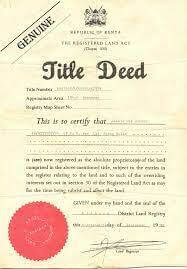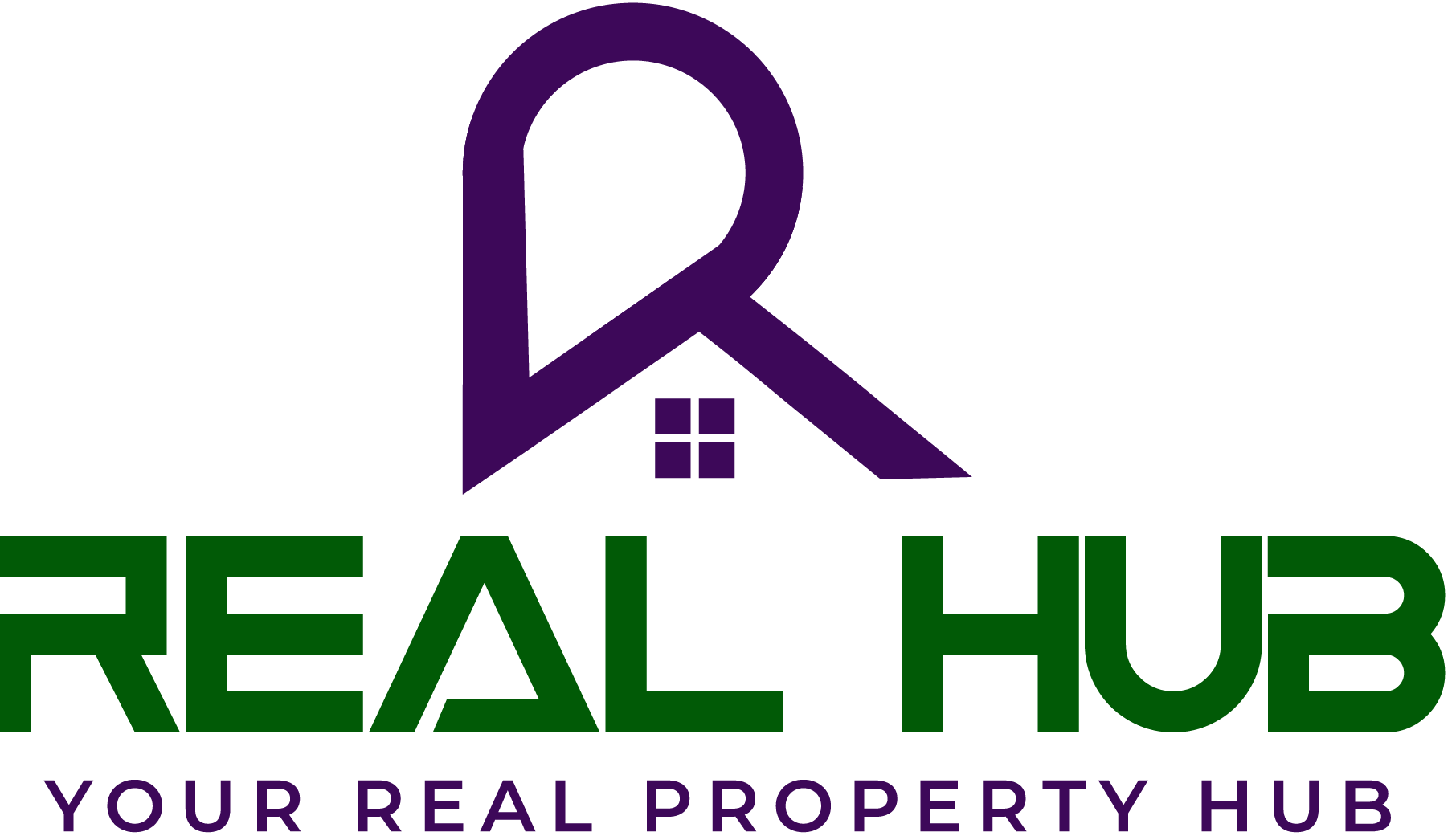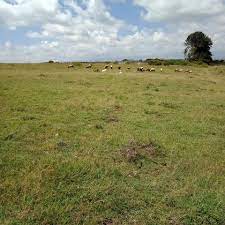Conveyancing Process in Kenya: 10 Best Step-by-Step Guide

Conveyancing Process in Kenya

conveyancing
Introduction
Conveyancing is the legal process of transferring ownership of a property from one person to another. In Kenya, conveyancing can be a complex process, especially for those who are new to the real estate market. However, by following a few simple steps, you can make the process go smoothly and avoid any potential legal issues.
Step 1: Choose a Conveyancer
The first step in the conveyancing process is to choose a conveyancer. A conveyancer is a legal professional who specializes in handling property transactions. They will handle all the legal aspects of the sale, including preparing the necessary documents and representing you in court if necessary.
When choosing a conveyancer, it’s important to do your research and select someone who is experienced and reputable. You can ask for recommendations from friends or colleagues, or you can search online for conveyancers in your area.
Step 2: Determine the Purchase Price
The next step is to determine the purchase price of the property. This should be based on the current market value of the property, as well as any additional features or amenities that may increase its value. It’s important to be realistic about the price, as overpricing the property can lead to a longer sales process or even a failed sale.
Step 3: Sign a Sale Agreement
Once you have determined the purchase price, the next step is to sign a sale agreement. This is a legal document that outlines the terms of the sale, including the purchase price, closing date, and any contingencies or conditions that must be met before the sale can be completed.
It’s important to carefully review the sale agreement and make sure you understand all the terms before signing. You may want to have your conveyancer review the document to ensure that your interests are protected.
Step 4: Obtain Financing
If you are purchasing the property with a mortgage, the next step is to obtain financing. This involves applying for a mortgage and negotiating the terms of the loan with the lender. This can be a complex process, so it’s important to work with a mortgage broker or lender who can help you navigate the process.
Step 5: Conduct a Title Search
Before the sale can be completed, a title search must be conducted to verify that the seller has clear ownership of the property. This involves reviewing the property’s title records to ensure that there are no outstanding liens or other legal issues that could complicate the sale.

conveyancing
Step 6: Review the Title Deed
Once the title search has been completed, the next step is to review the title deed. This is a legal document that outlines the ownership rights and responsibilities of the property. It’s important to carefully review the title deed and make sure you understand all the terms before signing.
Step 7: Transfer the Property
The final step in the conveyancing process is to transfer the property from the seller to the buyer. This involves signing the transfer documents and paying any required fees or taxes. Once the transfer is complete, the property is officially in your name and you are the legal owner.
Step 8: Obtain Insurance
After the property has been transferred to your name, it’s important to obtain insurance to protect your investment. This can include homeowner’s insurance to cover any damage or loss to the property, as well as liability insurance to protect you in case someone is injured on your property.
Step 9: Perform Maintenance and Repairs
Once you have taken ownership of the property, it’s important to perform any necessary maintenance or repairs to ensure that the property is in good condition. This can include things like painting, replacing old appliances, or fixing any structural issues. It’s important to stay on top of these tasks to prevent any problems from becoming more serious and costly down the line.
Step 10: Stay Up-to-Date with Local Regulations
As the owner of a property in Kenya, it’s important to stay up-to-date with local regulations and laws that may affect your ownership. This can include things like zoning laws, building codes, and property taxes. It’s important to be aware of these regulations and to comply with them to avoid any legal issues.
Conclusion
Conveyancing can be a complex process, but by following these steps and working with a reputable conveyancer, you can ensure that the process goes smoothly and that your interests are protected. With a little patience and attention to detail, you can successfully navigate the conveyancing process and take ownership of your new property in Kenya.



4 Responses
[…] outsourcing conveyancing tasks to Realhub, transactions progress on-time and on-budget without you having to micromanage […]
[…] a lawyer for documentation. Use a surveyor and real estate agent to identify listings. Get a valuation […]
[…] on seeing the original title deed and have your lawyer do a comprehensive title search at the lands office to verify ownership history and confirm there […]
[…] Lawyer – Handles due diligence, reviewing documents, drafting contracts, and overseeing registration […]